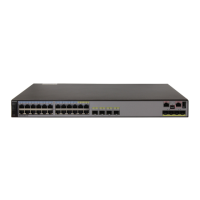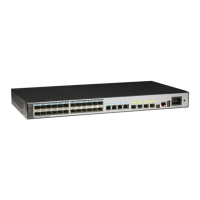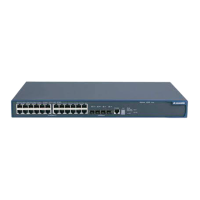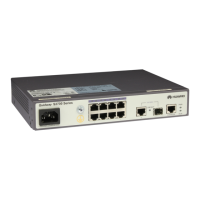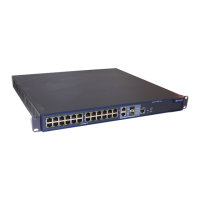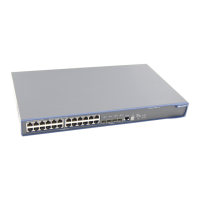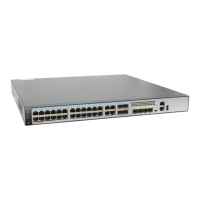Do you have a question about the Huawei OptiX OSN 7500 and is the answer not in the manual?
Details the system's capacity for cross-connect and slot access.
Covers various service types like SDH, PDH, Ethernet, ATM, SAN, and Video.
Describes the service and administration interfaces provided by the system.
Explains the system's intelligent software capabilities for dynamic allocation and routing.
Details supported network topologies and configurations for the OptiX OSN 7500.
Introduces the RPR features for ring topology, focusing on resilience and restoration.
Outlines equipment and network-level protection schemes supported by the system.
Covers data communication channels for network management and signaling.
Describes the ETSI cabinet specifications and installation details for the equipment.
Details the subrack structure, including board areas, fan, and fiber routing.
Lists and describes the various types of boards used in the OptiX OSN 7500 system.
Details the slot layout of the OptiX OSN 7500 and the associated board placement.
Explains the SDH interface units, including processing and interface boards.
Describes the PDH interface units and their associated processing and interface boards.
Covers the data service interface units for Ethernet, ATM, SAN, and Video.
Provides a general overview of the modular software system architecture.
Details the intelligent software's control and service plane interaction.
Explains the network element (NE) software for managing and monitoring board operations.
Describes the software running on individual boards for management and control.
Covers the network management system for unified management of the optical transmission network.
Details the Ethernet capabilities, including functions, applications, and protection.
Explains the Resilient Packet Ring (RPR) features for enhanced network resilience.
Covers the Asynchronous Transfer Mode (ATM) features, functions, applications, and protection.
Discusses Service Level Agreement (SLA) classification and protection levels.
Explains the process of automatically generating and protecting end-to-end services.
Compares mesh networking to ring networks, highlighting benefits like bandwidth and scalability.
Details traffic engineering control for load balancing and improved bandwidth availability.
Describes the integration of SLA, traffic engineering, and mesh networking for service applications.
Lists the protection schemes applied at the equipment level.
Describes the protection schemes implemented at the network transmission layer.
Covers the equipment's OAM capabilities and maintenance features.
Details the network management system (NM system) for system administration.
Provides performance data for STM-1, STM-4, STM-16, and STM-64 optical interfaces.
Details the performance specifications for PDH electrical interfaces.
Covers clock interface types and timing/synchronization performance.
Lists transmission performance metrics for STM-N and PDH interfaces.
Provides power consumption and weight data for various system boards.
Presents the EMC test results and standards compliance.
Lists the environmental indexes for normal operation.
Details environmental requirements for storage, transportation, and operation.
Lists the ITU-T recommendations the OptiX OSN 7500 conforms to.
Lists the IEEE standards the OptiX OSN 7500 conforms to.
Lists the IETF standards the OptiX OSN 7500 conforms to.
Lists environmental standards like EMC and location suitability.
